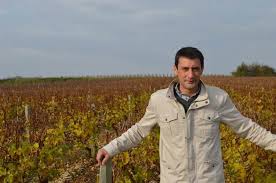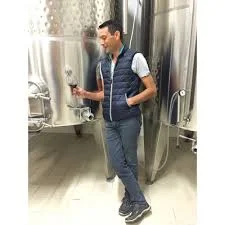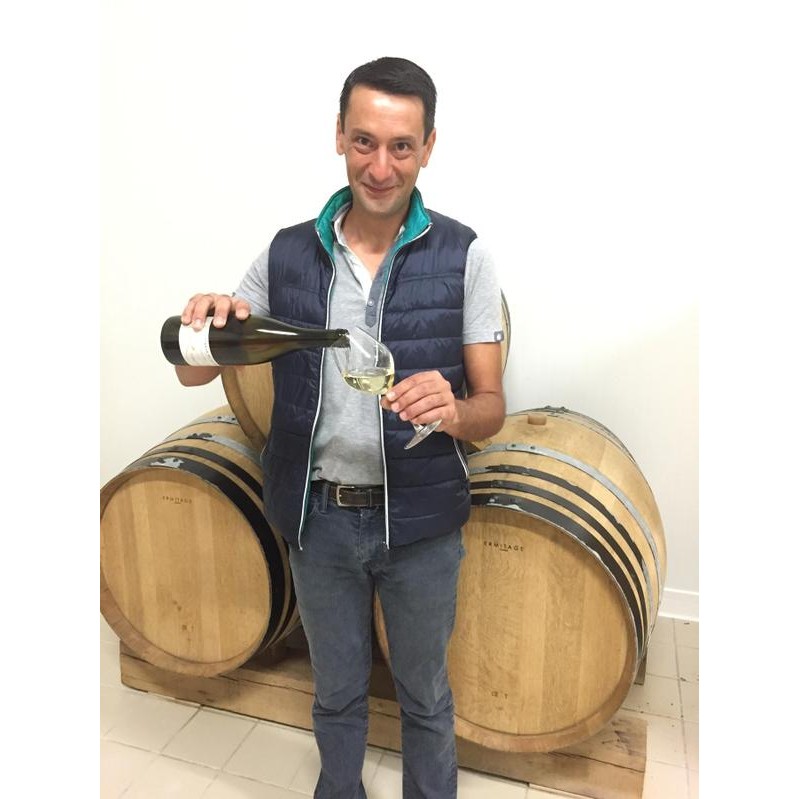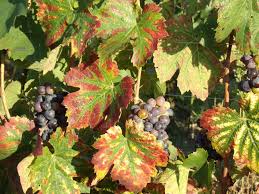- Wines in Portfolio -
CHAMP GIBAULT BLANC
Type: Dry white
Appellation: Côteaux du Giennois
Site & Vines: Sauvignon Blanc.
Marl, Kimmeridgian limestone and silex soils.
Vinification & Elevage: Fermented for 1 month then aged on fine lees in stainless steel tanks for approximately 7 months.
Notes: Clean, bright with a well delineated mineral intensity and mid palate fruit. This wine is easy to mistake for a Sancerre of character and is at fraction of the price.
CHAMP GIBAULT ROUGE
Type: Dry red
Appellation: Côteaux du Giennois
Site & Vines: 80%Pinot Noir 20% Gamay
Clay & chalk over flint base.
Vinification & Elevage: De-stemmed 100%, fermented in concrete tank for
approximately 25 days and then aged for 10 months in Burgundy barrels from 3 to 5 years in age.
Notes: A juicy and medium bodied red that is softly textured. The gamay brings nice spice and lift.
Florian Roblin
CÔTEAUX GIENNOIS
Often referred to as "the poor man's Sancerre," the Côteaux du Giennois lies approximately 20 km north of Sancerre and the best parcels, like Florian's Champ Gibault, often have a mix of clay & flint over a chalk base. This translates to affordable wines with clear mineral character and cut. His whites could easily be mistaken for Sancerre tasted blind and his red offers a bit more richness, structure and fruit forwardness then many Sancerre rouges, all at a fraction of the price.
Florian Roblin comes from a family of farmers and developed a passion for working in nature and maintaining a vineyard while helping his grandfather farm a few vines for personal consumption. After completing his studies in vineyard management and winemaking, Florian interned with Alphone Mellot of Sancerre, Jean-Louis Trapet in Gevrey-Chambertin and, François Villard in the Northern Rhône. Florian planted his first vines on a family owned parcel called Champ Gibault in 2006.
The Champ Gibault parcel enjoys a southern exposure and gentle slope with a soil mix of clay & flint over chalk base. This is a superb mix for producing wines with mineral purity, structure, and precision. Florian decided to plant quite densely for the region, 8333 vines per hectare rather than the standard 6900. This enables him to prune short, allowing each vine to produce less fruit but ensure maximum concentration. He has added new vines each year since 2006 and he has currently planted about half of his 7 hectares. He avoids chemical treatments, uses native yeasts for the majority of his fermentations and keeps sulfur use to a minimum.
Photos by Terroirs Dublin






